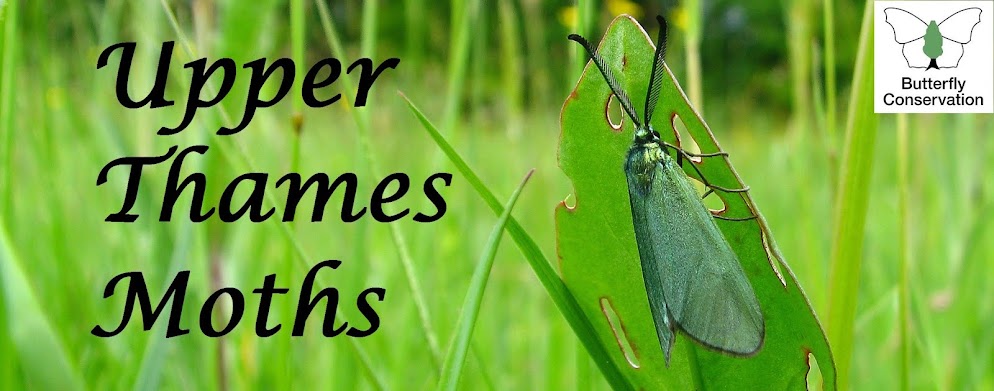I opened up a leaf-mine of Phyllonorycter schreberella collected from Shire Lane (on the border of Bucks with Herts) today. I was looking for the moth's pupa but instead found a Hymenopteran pupa. However, this pupa didn't look entirely healthy and, behind it in the cocoon was a small grub, which was still very much alive.
The brown gash is the remains of the leaf-mine (in an Elm leaf) and I've labelled the other important things.
The larva of the moth was, of course, a parasite, as it fed on the leaf of a living plant. The Hymenopteran was, in turn, a parasite of the larva (which was presumably completely devoured, as I couldn't find a trace of it). As a parasite it counts as a hyperparasite. Strictly speaking it is a hyperparasitoid, as it killed its host. The small grub (is it a Dipteran or another Hymenopteran?), in its turn, lived within the first Hymenopteran: I suppose that makes it a hyper-hyperparasitoid.
What price it carries bacteria, which in turn carry viruses?
Andy King.


Interesting Andy. Which part of Shire Lane were you on? Dancersend Reserve now includes Pavis Wood which just touches Shire Lane at the county boundary...and there are some good stands of Wych Elm in the wood, that I should probably keep an eye on.
ReplyDeleteAh; well, the Shire Lane I'm referring to stretches from Chorleywood to Chalfont St Giles. I don't know how many other Shire Lanes there are. Perhaps there are quite a few, because the name Shire Lane is significant, as it serves as the historical boundary between Herts and Bucks. In this case I was effectively at the site for the Chilterns Open-air Museum.
DeleteCertainly, though, Wych Elm is worth checking out, if any leaves are left after the high winds coming up.
Andy.